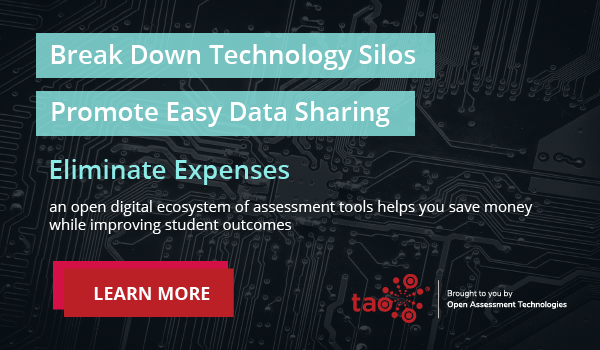Higher education has faced a wide array of challenges, even more so on the tail of COVID-19, where institutions across the board have seen enrollment rates drastically decline. As K-12 schools have reopened and shifted the way they conduct classes, colleges and universities must also adapt to the new normal left in the wake of the pandemic.
We’ll take a dive into some of the common challenges your college or university may be facing and address how you can solve these issues when they arise.
Teaching Digitally
The COVID-19 pandemic saw a huge shift in the teaching platform. Globally, over 1.2 billion children ended up out of the classroom while the pandemic ran its course. Even as we are continuing in and out of various waves, we are still seeing the aftershocks of how this affects college and university students. According to a global study done by Hanover Research, 70% of school faculty said more students are falling behind on their studies than ever before.
With so many students still out of the classroom and schools continuing to offer alternatives to traditional, in-person learning, all eyes are turning toward the use of technology.
While technology may have been a challenge to adapt at first, utilizing the flexibility that online classes provide to students is highly beneficial. Just as you know there is more than one way to teach, there is more than one way to learn. Still, this does not mean that students should be talked at.
Instead, you as an educator should leverage technology to create immersive experiences that engage students the same way classroom experiences would. This can also open the doors to more one-on-one interaction between students and educators, as the technology works best when paired with interactive content and opportunities for connection between students and faculty.
Having The Right Reporting Tools
If schools plan to continue offering digital courses, they need technology that enables them to properly host classes, store student data, and monitor reports. Without having the right reporting tools, meeting your students’ needs and providing the proper tools for them to succeed can be difficult.
Your digital learning platform should:
- Track student engagement both in and out of class
- Tailor testing material to student needs
- Provide personalized learning reports based on student needs
Most of all, your technology should benefit your teachers. Your platforms should include robust reporting tools that allow teachers to store and monitor student data. From there, teachers can adjust their learning plans based on new insights about their students’ performance, engagement, and more.
Accessibility to State Funding
State budget cuts are likely to continue due to the pandemic and are certain to trickle into public colleges and universities. Federal funding for public schools dropped slightly, despite at least $13 billion provided for elementary and secondary schools in the 2020 CARES Act. However, this does not include any of the COVID relief packages Congress passed in December of 2020 and March of 2021.
In this time of tight budgeting, it’s important to stay up to date on your state’s funding plans and what unique programs may be available to your college or university. Nearly all states are working to keep their students excited about safely going back to school and their teachers’ workforces strong.
—
The best thing you can do when approached with a challenge to your higher education learning platform is to do your research. It’s likely that when faced with an issue of technology or teachability, you are not facing this alone. Key technology innovation is the future of higher education, providing accurate assessment to evolve with your students.


